Why we exist…
Architectural steel fabricators have played a vital role in shaping the built environment of our cities. From iconic skyscrapers to intricate architectural elements, these skilled professionals have contributed to the growth and transformation of our most iconic cities. We will explore the history of architectural steel fabrication, including its evolution over time and the significant contributions made by this industry to the built environment.
Early Beginnings and Industrial Revolution
The origins of architectural steel fabrication can be traced back to the late 18th century during the Industrial Revolution. The advancement of iron production techniques, particularly the Bessemer process in the mid-19th century, revolutionized the steel industry. With the availability of mass-produced steel, architects and engineers began to explore its potential in construction.
Early steel fabricators were primarily involved in producing structural components such as beams and columns for industrial buildings and bridges. The Eads Bridge in St. Louis, completed in 1874, was a notable early example of a major structure that utilized steel fabrication techniques.
The Rise of Skyscrapers and Modern Architecture
The late 19th and early 20th centuries witnessed a shift towards taller and more ambitious architectural designs, leading to the rise of skyscrapers. Steel fabrication played a pivotal role in this era, enabling the construction of towering structures with unprecedented heights.
One of the most influential architectural steel fabricators of the time was the American Bridge Company. Founded in 1900, it specialized in fabricating steel for bridges, buildings, and other structures. The company's contributions can be seen in iconic landmarks such as the Empire State Building and the George Washington Bridge, which both pushed the boundaries of architectural and engineering feats.
The Modernist movement in the early 20th century further propelled the growth of architectural steel fabrication. Architects like Ludwig Mies van der Rohe and Le Corbusier embraced steel as a primary building material, emphasizing clean lines, open spaces, and the structural expression of steel frameworks. The Seagram Building in New York City, designed by Mies van der Rohe, exemplifies this aesthetic with its sleek steel frame and glass curtain wall.
Advancements in Technology and Fabrication Techniques
As the architectural steel fabrication industry matured, advancements in technology and fabrication techniques further accelerated its growth. The development of computer-aided design (CAD) and computer-aided manufacturing (CAM) tools revolutionized the precision and efficiency of the fabrication process.
With the introduction of CNC (Computer Numerical Control) machines, fabricators gained precise control over cutting, drilling, and shaping steel components, leading to faster production and improved accuracy. This technological leap allowed for the creation of intricate and complex designs, expanding the possibilities for architectural expression.
Influence on Contemporary Architecture
Architectural steel fabricators continue to make significant contributions to contemporary architecture, shaping the skylines of cities around the world. The flexibility, strength, and aesthetic appeal of steel have made it a favored material for both structural and decorative applications.
Today, architectural steel fabrication extends beyond the construction of skyscrapers and bridges. It encompasses a wide range of applications, including the creation of grand entranceways, canopies, staircases, railings, and custom decorative elements. These fabricated metal components not only provide structural integrity but also enhance the visual appeal and functionality of buildings.
The Future of Architectural Steel Fabrication
Looking ahead, architectural steel fabrication is poised to embrace further advancements in technology and sustainability. The integration of Building Information Modeling (BIM) and parametric design tools enables fabricators to collaborate seamlessly with architects and engineers, optimizing the fabrication process and reducing waste.
Additionally, the industry is increasingly focused on sustainable practices. The use of recycled steel, energy-efficient production methods, and innovative approaches to waste management are becoming key considerations for architectural steel fabricators. As the demand for environmentally conscious construction grows, the industry is adapting to provide sustainable solutions.
Conclusion
Architectural steel fabricators have played a crucial role in the evolution of the built environment. From the Industrial Revolution to the present day, they have continually pushed the boundaries of design, engineering, and construction. Through their expertise, innovation, and contributions to iconic structures, architectural steel fabricators have left an indelible mark on the skylines of our cities. As technology and sustainability continue to shape the industry, we can expect architectural steel fabrication to play an increasingly vital role in creating the buildings of tomorrow.

